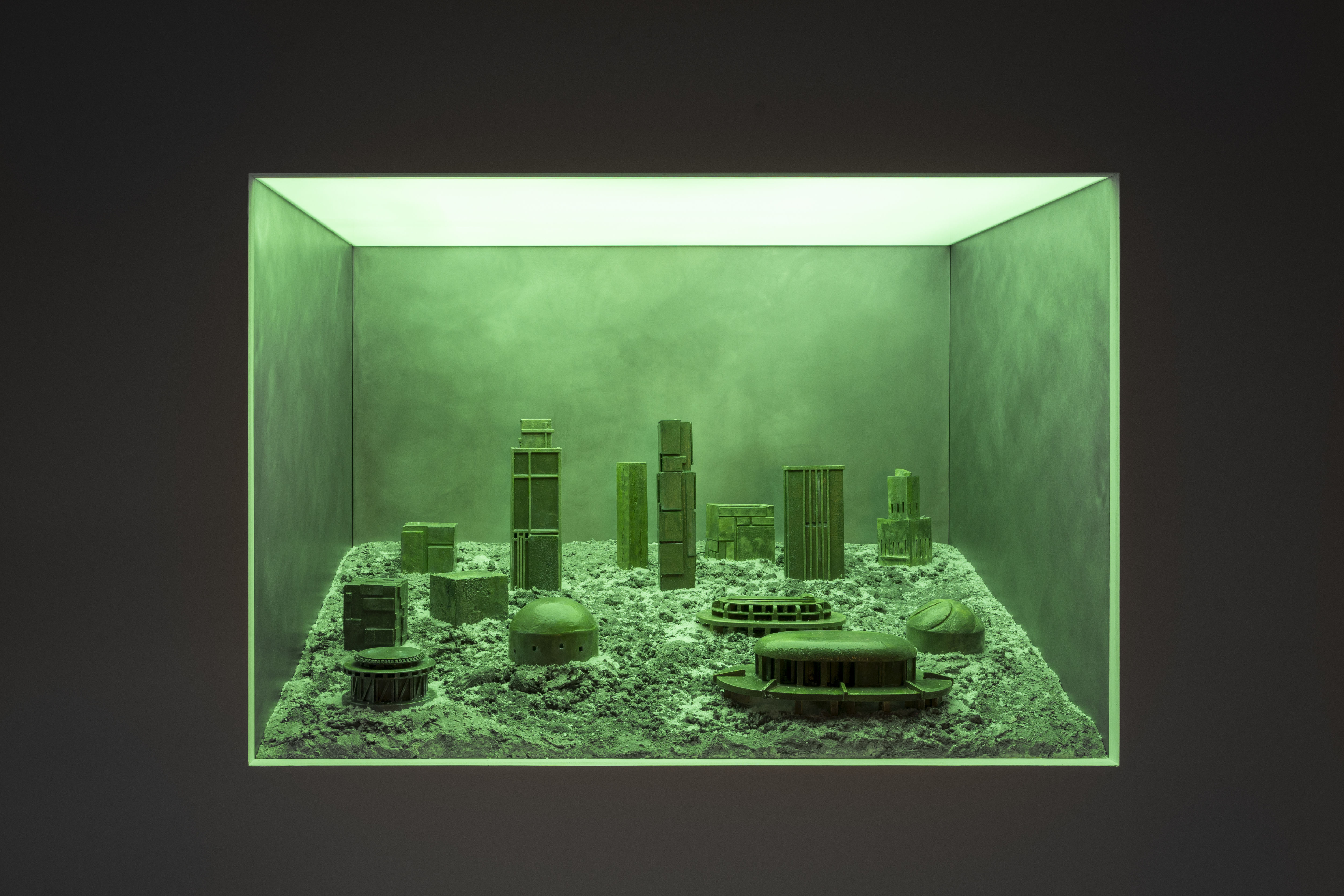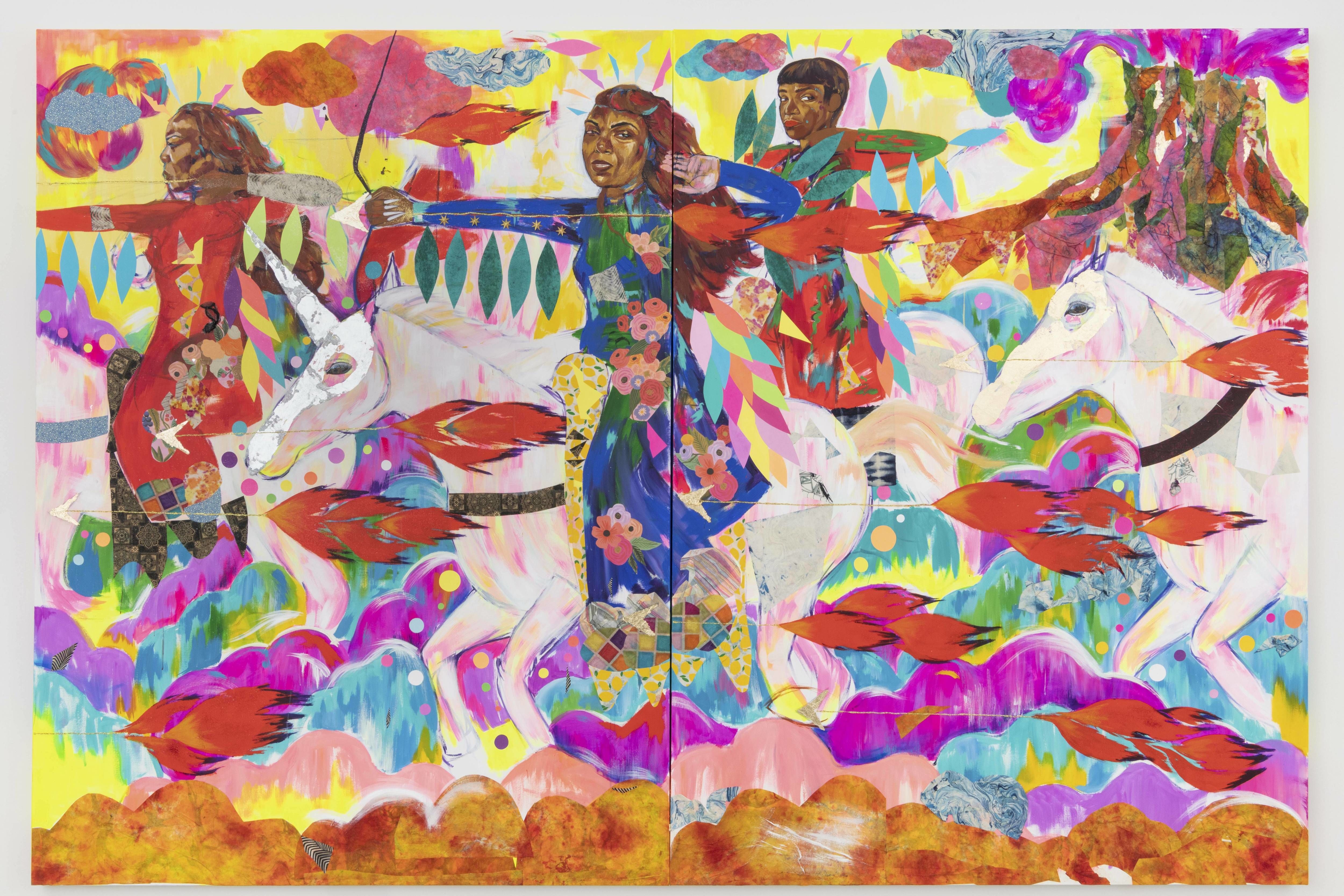New Exhibit on an Ancient Culture Has Lessons for Houstonians
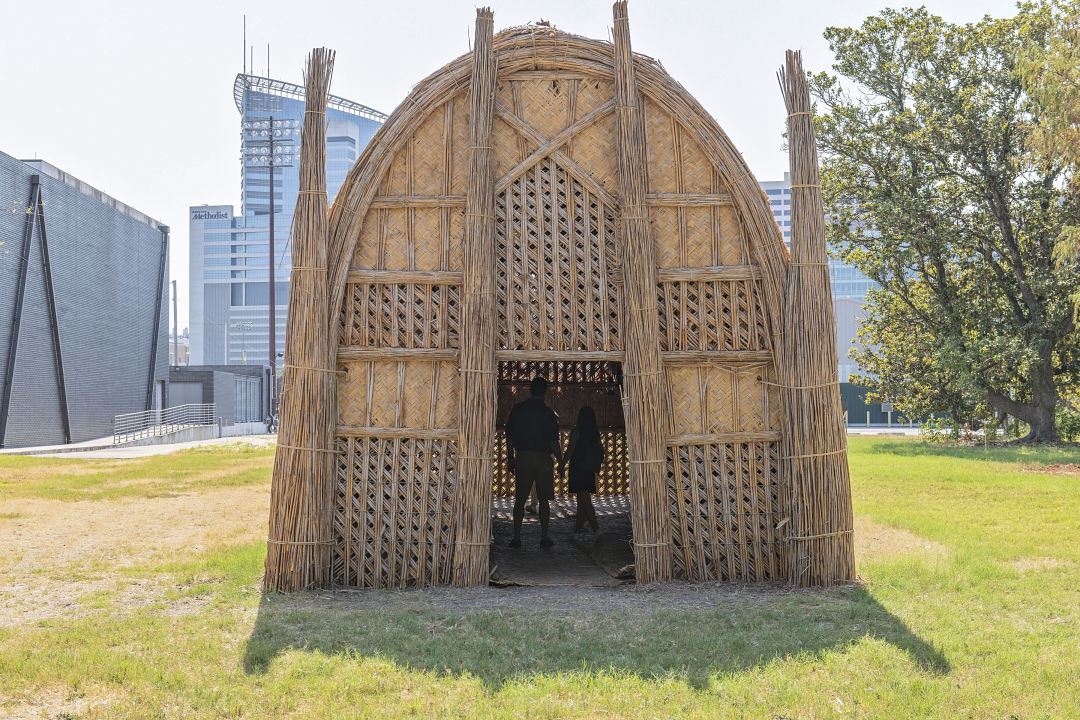
Houston's newest exhibit, Mudhif on Rice, showcases the intricacies of the traditional Marsh Arab structure known as a "mudhif."
Image: Courtesy Heather McAdoo
In an effort to raise awareness of a dwindling ancient community, storytelling organization Archaeology Now and the Arab American Educational Foundation have joined forces to launch a new, unique interactive art exhibit in Houston, Mudhif on Rice.
Set to open its doors on September 9 on Rice University’s campus, it showcases the intricacies of the traditional Marsh Arab structure known as a “mudhif,” created by master builders and skilled artisans. The structure typically serves as a communal space that can be used as anything from a court for legal disputes to a guesthouse. Visitors will have the opportunity to step inside the meticulously crafted mudhif replica, experiencing firsthand the environment that has supported the Marsh Arab way of life for thousands of years.
The Marsh Arabs are a unique community whose roots trace back 5,000 years. Living in the marshes of Iraq, they have developed an intimate relationship with their environment, relying on the marshes for sustenance, shelter, and cultural identity. From their intricate use of reeds to build structures to their harmonious coexistence with the local flora and fauna, the Marsh Arabs have nurtured a way of life intrinsically linked to the natural world around them.
Beck Lao, executive director of Archaeology Now, says Marsh Arab culture is dying in the modern world for multiple reasons, but mostly as a result of political upheaval.
“This idyllic way of life came to an abrupt halt during the reign of Saddam Hussein, who somehow was convinced that the Marsh Arabs were conspiring against him,” Lao explains. “So in a very short time, he drained the marshes. He turned this lush environment literally into a desert.”
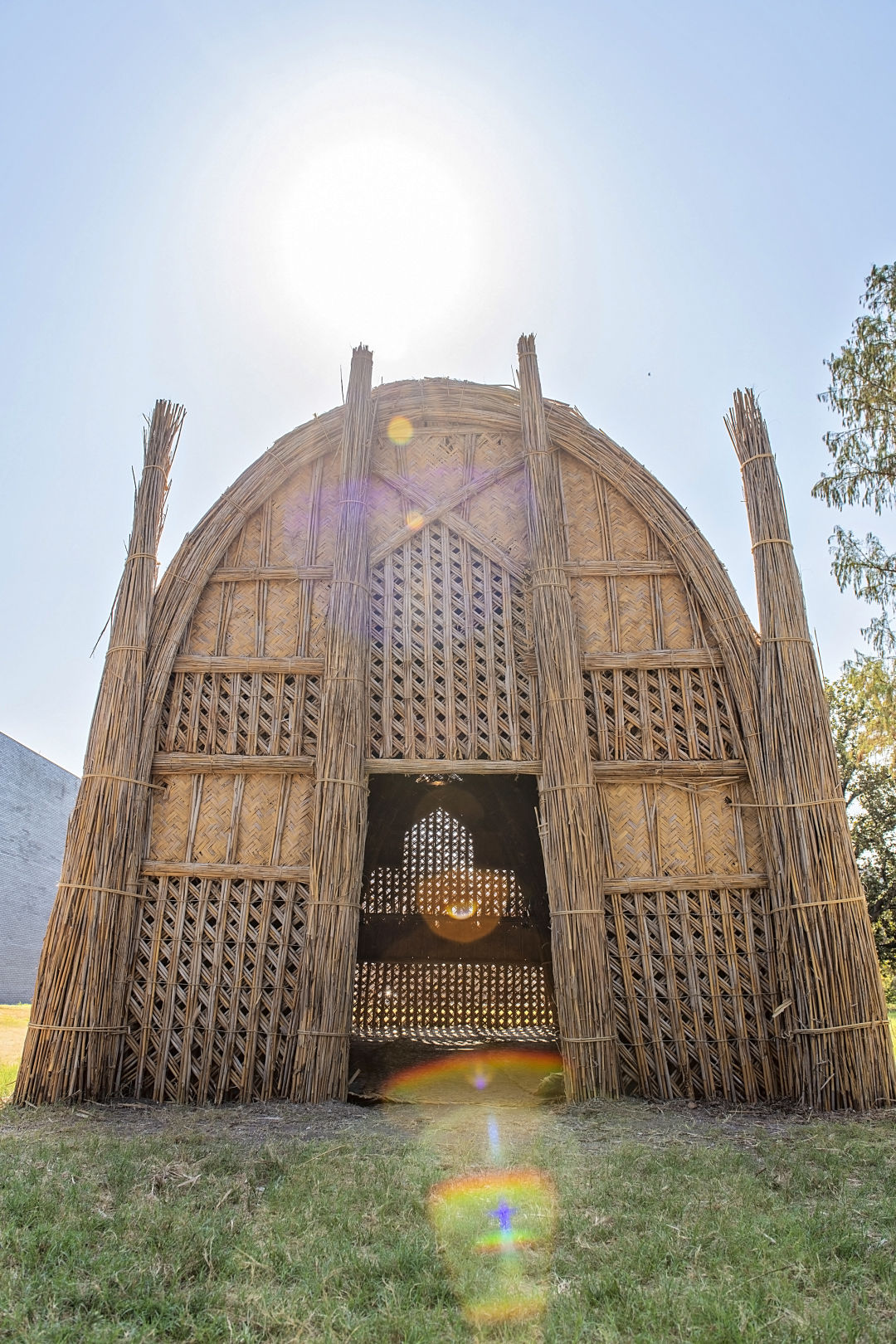
Visitors will have the opportunity to step inside the meticulously crafted mudhif replica during open house events.
Image: Courtesy Heather McAdoo
The rapid destruction of the wetlands was so devastating that the United Nations designated it as one of the world’s top environmental disasters of the 20th century. Today, the Marsh Arab culture is declining as a result of this ecological loss and much of their population is now scattered around the world. In search for international communities to highlight, Archaeology Now found a community of Marsh Arabs living in Houston and decided to focus its efforts on preserving their unique heritage through the piece.
Set against the backdrop of the Gulf Coast, the exhibit is a bridge between cultures and ecosystems, with connections made between the ancient Marsh Arabs’ harmonious way of life with their environment and the pressing ecological challenges faced by communities closer to home.
The rapidly changing climate has greatly affected Houston and Southeast Texas. The last couple of years have brought an increase in hotter and colder temperatures, as well as more floods, hurricanes, and other natural disasters. This has made life tougher for the people and animals living here, but Lao believes that by looking at how the Marsh Arabs live, we can find smart ways to deal with these changes by learning to culturally adapt to our changing environment.
“The thing that’s so elegant about the way of life of the Marsh Arabs is that this was 5,000 years of adaptation to their environment,” Lao says. “Our culture here in the Gulf Coast is completely built around our climate and the fact that we experience some pretty heavy flooding. So this all shapes how we interact [with our environment]. The thing that has gone askew is that rather than living in harmony with your ecology, we are now trying to dominate it and control it.”
By embracing a more harmonious relationship with the environment, just as the Marsh Arabs have, Lao suggests that we can find solutions to the challenges posed by a changing climate. Instead of battling against nature, we can work with it and adapt our lifestyles to better suit the world around us.
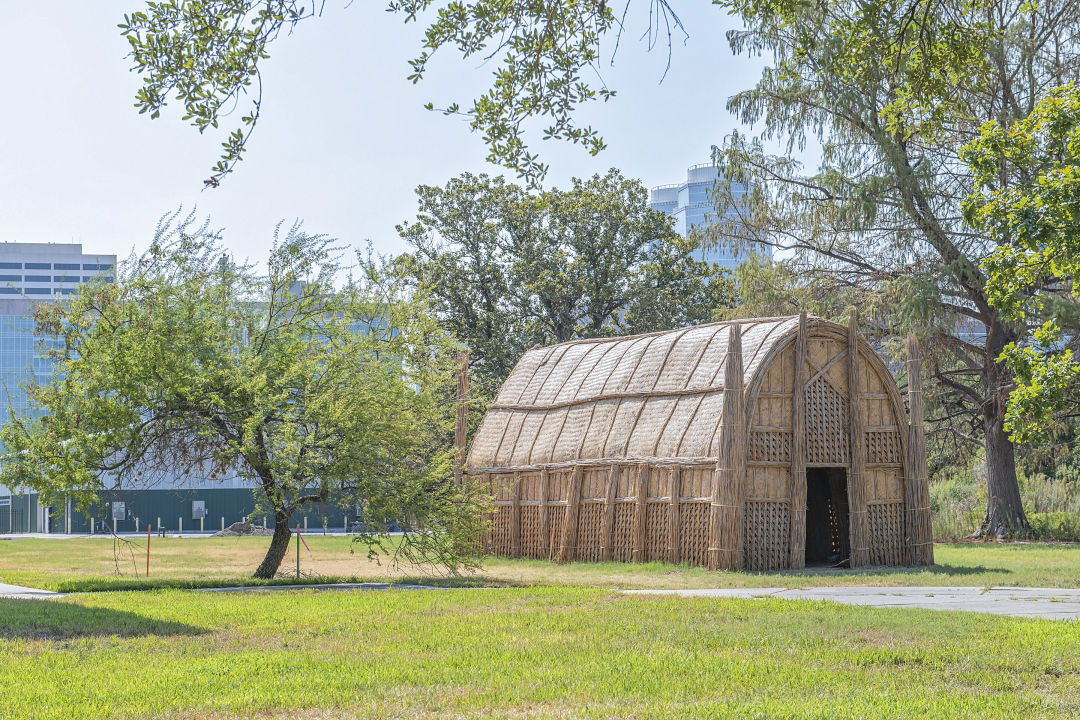
A documentary highlighting the journey of the Marsh Arabs and the creation of the mudhif replica is in the works.
Image: Courtesy Heather McAdoo
Mudhif on Rice’s grand opening is available to the public. Guests will be able to explore the mudhif, enjoy some food, and hear a lecture on the Marsh Arabs and their relationship with their ecology. As part of the exhibit’s narrative, a documentary highlighting the journey of the Marsh Arabs and the creation of the mudhif replica is also in the works. This film seeks to capture the essence of their ancient way of life while shedding light on their efforts to safeguard their cultural heritage.
The mudhif will be available to view from the outside through December 5. Additionally, two open houses where visitors can access the inside of the mudhif along with guided tours will be held on October 14 and November 12. Other related events around the Marsh Arabs will also take place until the mudhif exhibit ends in the winter.
